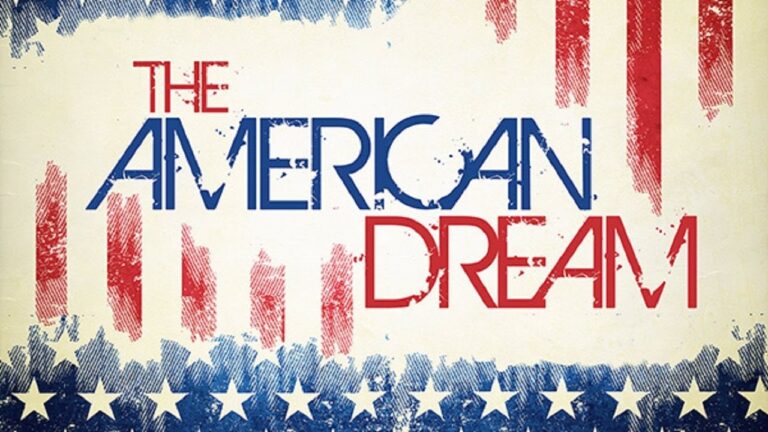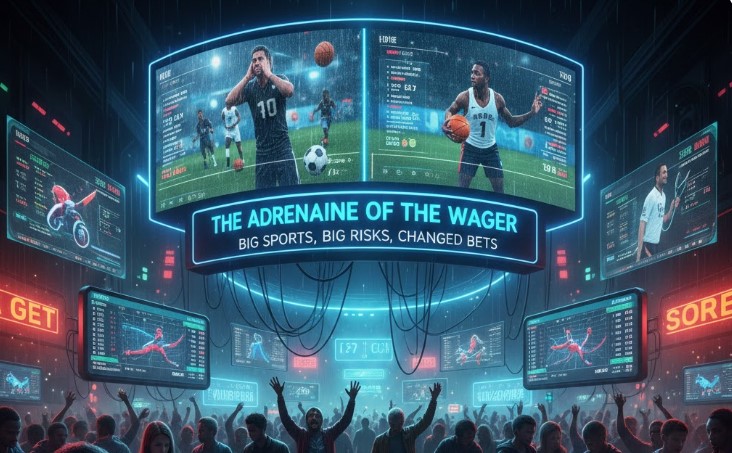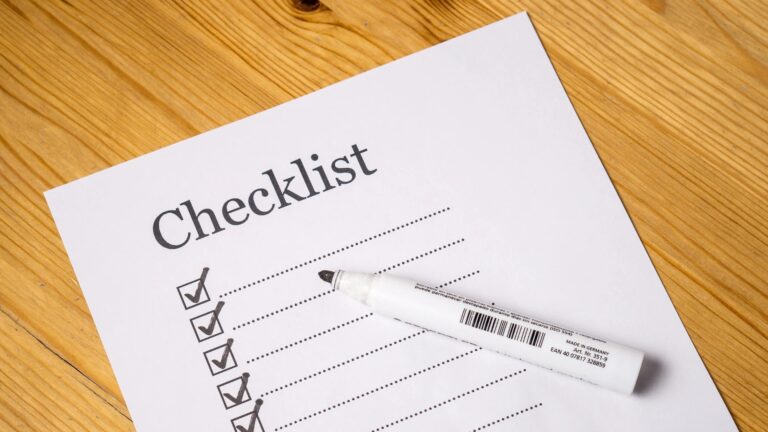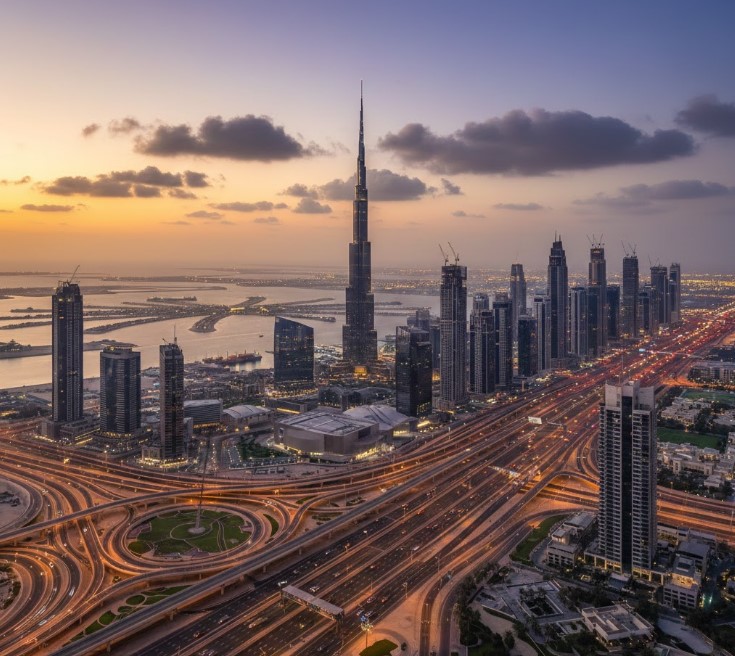The American Dream—a concept as old as the nation itself, promising that anyone can achieve success and prosperity through hard work. It’s a tale of hope and opportunity, a beacon for many who come seeking a better life. But how much of this dream is real, and how much is an illusion?
In today’s world, where economic inequality, social mobility, and the cost of living are hot topics, we must ask ourselves: are we truly living the American Dream, or is it a mirage that keeps moving just out of reach? For an in-depth analysis of modern opportunities and the factors influencing today’s realities, read more.
The Origins of the American Dream
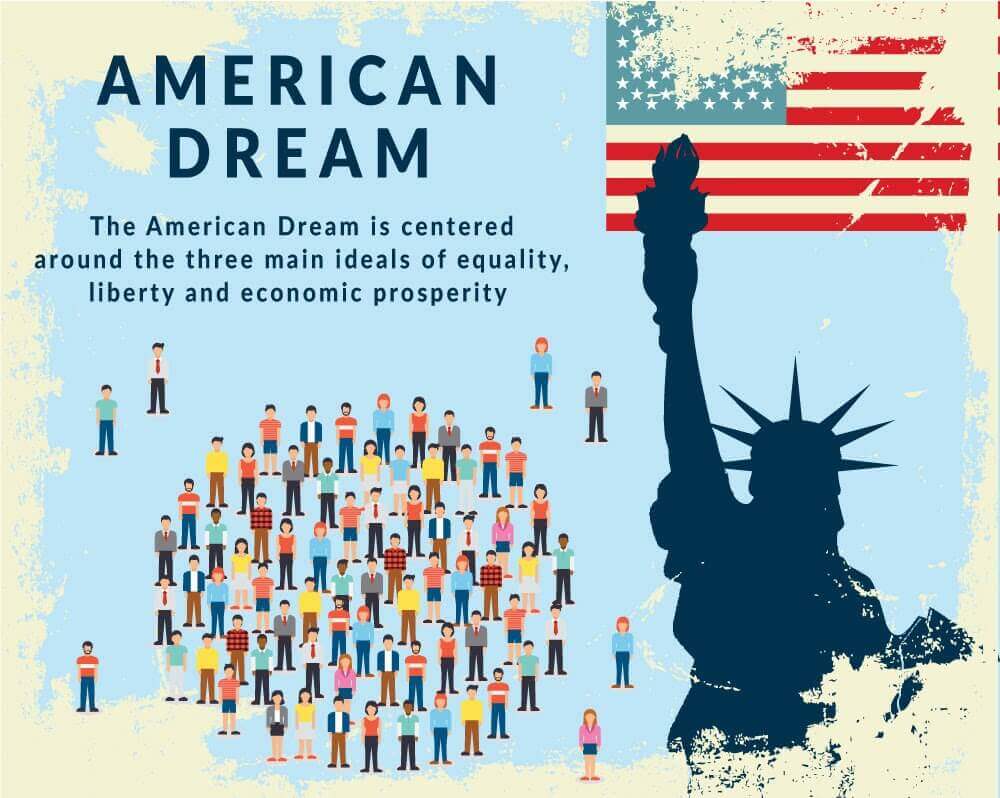
The term “American Dream” was popularized by James Truslow Adams in his 1931 book, The Epic of America. He described it as a vision of a better, richer, and fuller life, accessible to all, regardless of social class or circumstances of birth. This idea has been a driving force in American society, inspiring waves of immigrants and motivating countless individuals. Yet, the reality has often been more complicated, with economic, racial, and social barriers challenging the idea that anyone can achieve anything.
Economic Inequality: The Great Divide
One of the most glaring issues with the American Dream today is economic inequality. The gap between the rich and the poor has widened significantly over the past few decades. According to the Pew Research Center, the wealth gap between America’s richest and poorest families more than doubled from 1989 to 2016. The top 1% now holds more wealth than the bottom 90% combined. This growing divide makes it increasingly difficult for those at the bottom to climb the economic ladder, challenging the notion that hard work alone can lead to success.
The Cost of Living
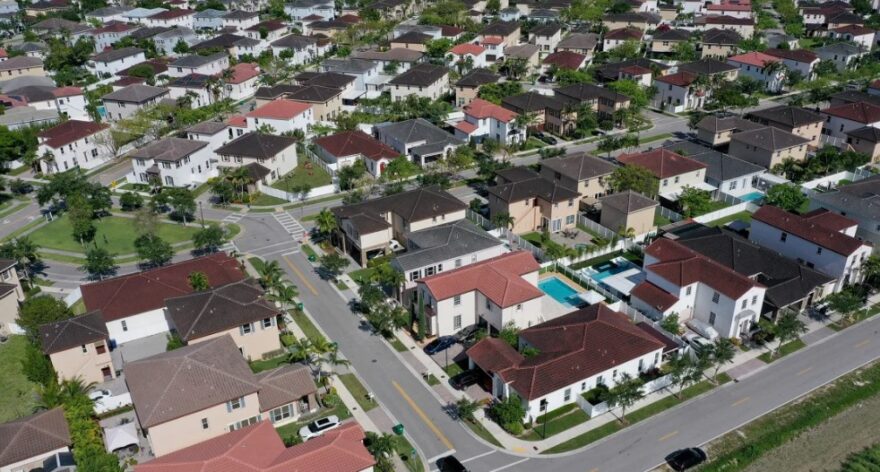
Housing, healthcare, education—these are fundamental aspects of life that have become increasingly unaffordable for many Americans. The cost of living in major cities has skyrocketed, making homeownership a distant dream for many. According to the National Association of Realtors, the median home price in the U.S. was over $300,000 in 2021, a significant increase from previous decades. Meanwhile, student loan debt has ballooned, surpassing $1.7 trillion, leaving many young Americans burdened with debt before they even start their careers.
Social Mobility: The Myth of Upward Movement
Social mobility, the ability to move up the economic ladder, is a key component of the American Dream. However, studies suggest that the U.S. has lower social mobility compared to other developed nations. The idea that each generation will do better than the last is becoming less of a reality. According to a study by Harvard economist Raj Chetty, children born in the 1940s had a 90% chance of earning more than their parents, while those born in the 1980s have only a 50% chance. This decline in upward mobility challenges the very essence of the American Dream.
The Role of Race and Gender
Race and gender play significant roles in who gets to live the American Dream. Historical and systemic discrimination has left many minorities and women at a disadvantage. The racial wealth gap remains stark; the median wealth of white families is ten times that of Black families. Additionally, women still earn less than men for the same work, and the representation of minorities and women in leadership positions remains disproportionately low. These disparities show that the American Dream is not equally accessible to all.
The Gig Economy: New Opportunities or New Exploitations?

The rise of the gig economy has been heralded as a new avenue for achieving the American Dream. Platforms like Uber, Lyft, and Airbnb offer flexible work opportunities, allowing individuals to be their own bosses. However, these jobs often come without benefits, job security, or fair wages. While some may thrive in this new economy, many find themselves struggling to make ends meet, raising questions about whether these opportunities are genuinely fulfilling the promise of the American Dream.
Immigration and the American Dream
Immigrants have long been seen as the backbone of the American Dream, coming to the U.S. with hopes of a better life. While many succeed and contribute significantly to the economy, others face challenges such as legal barriers, discrimination, and exploitation. The path to citizenship can be long and arduous, and the current political climate has made it even more difficult for immigrants to feel secure. Despite these challenges, the dream of a better life in America continues to draw people from around the world.
Redefining Success: Is Happiness the New Dream?
As traditional markers of the American Dream become harder to attain, many are redefining what success means. Instead of chasing wealth and status, some are focusing on happiness, work-life balance, and personal fulfillment. The minimalist movement, for example, encourages people to live with less and focus on experiences rather than material possessions. This shift suggests that the American Dream may be evolving into something more personal and less tied to material wealth.
The Future of the American Dream: Hope or Hype?
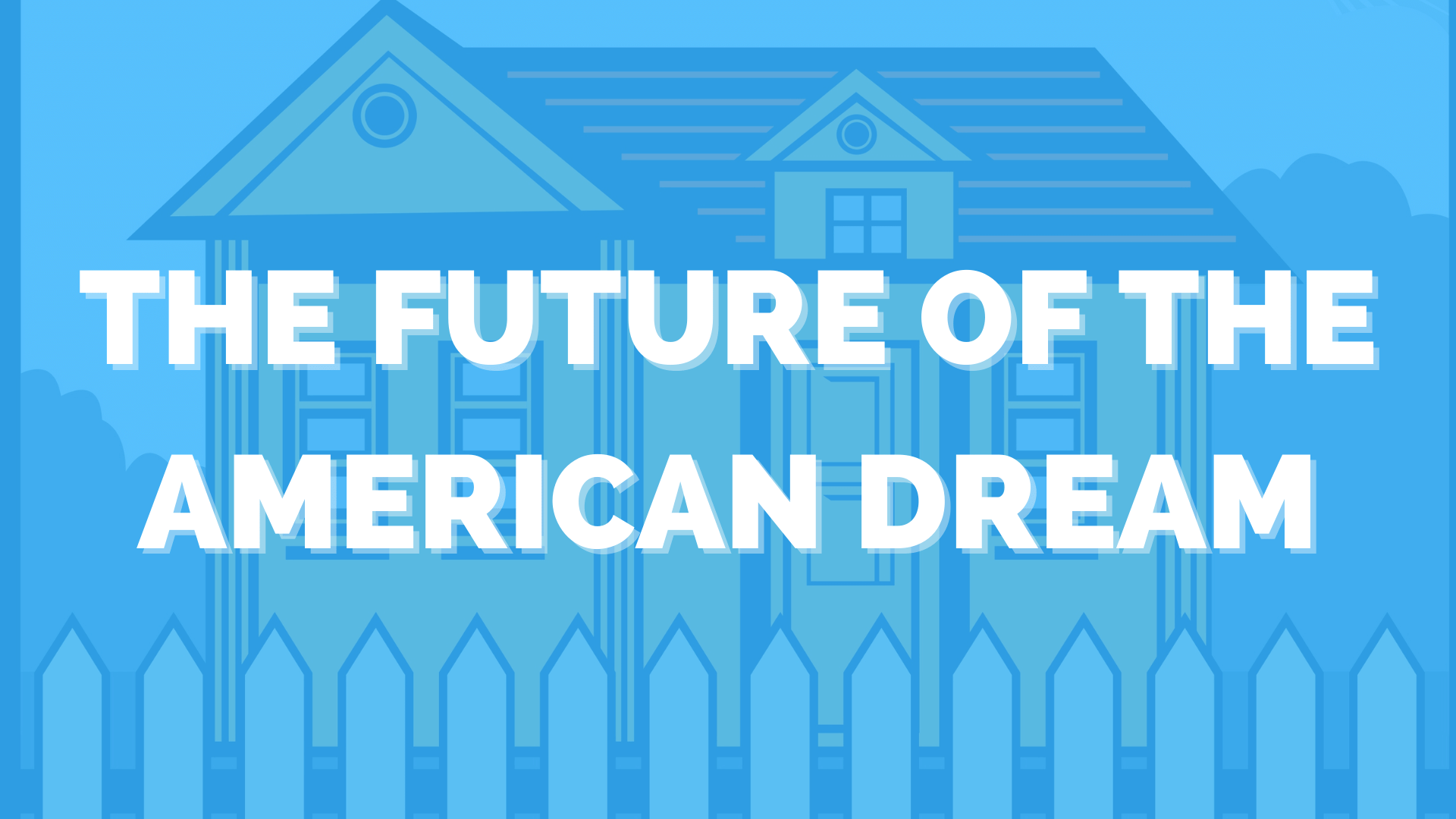
The future of the American Dream is uncertain. While economic, social, and political challenges abound, the ideal continues to inspire hope and ambition. The concept may need to evolve to reflect changing realities, but its core—aspiration and the pursuit of a better life—remains relevant. As a society, we must consider how to make this dream more inclusive and attainable for everyone, regardless of their background.
Waking Up from the Dream?
The American Dream has been a powerful narrative, driving generations to strive for a better life. However, it’s clear that for many, the dream is increasingly out of reach. Economic inequality, social immobility, and systemic barriers challenge the idea that anyone can achieve success through hard work alone. As we navigate these complexities, we must ask ourselves: are we dreaming of an America that no longer exists? And if so, what can we do to make the dream a reality for all?
Related Posts:
- 20 Best Gaming Headset Under 50$ 2024 - for PC, PS4,…
- 10 Best External Hard Drive 2024 - Compatible With…
- 12 Best Car Wax For Black Cars 2024 - Protection and…
- Top 10 Best Office Chair Under 200 2024 - Ergonomic…
- 15 Best Dog Food For Allergies 2024 - Adult, Puppy…
- 15 Best Shoes for Walking on Concrete 2024 - Soft &…

